By Jack Sterling • Special to The Current
In the earliest years of the village of Mauch Chunk, the future site of Kemmerer Park belonged to the Lehigh Coal and Navigation Co. (LC&N), as did most of the property in the village. The LC&N constructed inclined planes, chutes and storage bins on the steep hillside, as well as wharves with coal breakers along the Lehigh. Coal was transported by the Mauch Chunk Gravity Railroad (aka the Switchback) to where the anthracite was sorted and transferred into the Lehigh Canal boats that brought the coal to market.
John Leisenring became superintendent of the LC&N in the Lehigh region in 1860, moving into the Front Hill home originally built by Josiah White, which later served as the home of the LC&N superintendents. The coal chutes and planes at the north end of his property continued to operate until 1872, when other means of getting the coal to market were completed. About that time, Leisenring, who had been a tenant on LC&N land, purchased the home and adjacent property. In the late 1870s he gifted the northern part of the property to Mahlon Sistie Kemmerer, who had married his daughter Annie in 1868.
Mahlon planned to build his mansion on the hillside overlooking the Lehigh River, but first the property had to be transformed. The inclined plane was removed, along with the coal chutes and storage bins that reached as far as the Liberties Hill section of town. It was no easy task, but by early 1879 the mansion was completed, the grounds improved and the Kemmerers were able to move into their new home.
The Kemmerer estate comprised five acres on the hillside. The mansion was built in a pure Swiss style, and comprised nineteen rooms and extended 57 feet front to back with an 83 foot front facing the river. A fine carriage house was built in like stile on the hillside overlooking the mansion, along with numerous outbuildings elsewhere on the property. The main entrance was located along the road leading to Nesquehoning (today’s Rt. 209).
Stately sycamores and evergreens were planted, along with oak, ash and other trees. Terraces were built along the steep hillside along with trails giving a striking view of the river and railroads below. A fountain was built on a small terrace in front of the home overlooking the Lehigh. The “Red Rocks” at the top of the cliffs was another favorite vantage point.
The property extended all the way to the Liberties section of town, with a horseback trail hugging the sheer cliff side running parallel to the Gravity Railroad. In the 1890s there was speculation that Kemmerer had bought the Liberties village, which had belonged to the LC&N, and indeed his trail extended through the village along Mt. Pisgah, going as far as James’ Run along the Broad Mountain. The stone posts along Liberties Hill Road can still be seen in the thick brush, marking the northern end of the Kemmerer trail.
By that time, Mahlon was in his 50s and his wife Anna had passed away a few years prior in 1888. Their marriage had produced five children, but only two, John and Gertrude, lived to maturity. Mahlon died while visiting Atlantic City in 1925, and by that time both children were married and had moved away, John to Short Hills, New Jersey, and Gertrude to Greenwich, Connecticut, where she lived with her husband Samuel Thorne.
Neither had plans to return to Mauch Chunk, and so it was decided by the Thornes that the estate would be given to the People of Mauch Chunk for use as a park and recreation area and to be overseen by a board of trustees. At first it was uncertain that the property would be accepted by the town. Following the turn of the century Mahlon had spent much of his time in Philadelphia and elsewhere and the mansion suffered and was in need of maintenance and restoration.
The town had no real use for the home, nor the money to spend on restoring it. Eventually, it was decided to accept the estate, but the mansion would be torn down, making more room for the recreational activities intended.
Work progressed on the park through the 1930s, the time of the great depression. But the depression actually benefitted the park through the work done by the Works Progress Administration (WPA), which was part of President Roosevelt’s “New Deal”, putting tradesmen and other personnel back to work. The mortared stone walls, tennis court and picnic pavilion were all part of the WPA project.
A small wading pool and change house were built in the northeast corner of the park, the shell of the change house still stands. The ground where the Mansion had stood was transformed to a softball field and a fountain was constructed along the west side wall.
In 2002 the Park board entered into a lease with the Borough of Jim Thorpe in order to acquire grants for the upgrading of the park. Under board president Robert Handwerk, new plantings were done, paths were paved so as to make parts of the park handicapped accessible, the baseball field was transformed to a basketball court and new playground rides were installed.
However, the park had no income outside of the interest generated from the original fund provided by the Kemmerer estate. Then in the spring of 2008 restoration work began on the Kemmerer Carriage House. Built in the early 1880s, the old building continued to stand and saw some use through the years, but by the late 20th century had fallen into disrepair. A plan to put a new roof on the building never got any further than stacking roof shingles inside the double doors.
Eventually the old roof caved in. Vandals gained access to the building and battered a large hole in the brick wall facing the river. Plans were set in motion to demolish the building, but at the last moment the Mauch Chunk Museum and Cultural Center stepped in and led the renovation of the Carriage House. From a collapsing brick shell the building was cleaned out, mostly with volunteer help from Museum members and the Jim Thorpe High School.
Others involved were the Mauch Chunk Historical Society, Borough of Jim Thorpe, Carbon Co. Correctional Facility and the Carbon Career & Technical Institute (CCTI). Volunteer Rich Cadwallader moved some very large rocks to make the Carriage House parking area larger. John Drury, president of the Mauch Chunk Museum, spearheaded the project and funding, contacting members of the Kemmerer and Leisenring families, raising well over $200,000 for the restoration. A new roof was put in place, and the gaping holes in the brick wall were repaired.
Once the building was secure, work began on the interior. The east side was made into a one bedroom apartment, the west side became a library dedicated to the history of the Leisenrings, Kemmerers and other Front Hill families. In 2011 Jim Thorpe Boy Scout Troop 555 led by Billy Sterling began an Eagle Scout project, which greatly improved the park entrance off Lehigh Ave.
Dead and fallen trees were removed and two benches were installed by the Troop. When the Carriage House apartment was finished and rented, it provided the park with some real income, allowing more and better maintenance of the grounds.
Two of the long time board members, Ben Walbert and Bob Handwerk passed away suddenly in 2019 and 2022 respectively. It became necessary at that time to rebuild the park board and set in motion improvements to the park. With help from the borough and from CCTI the park has been cleaned up and many dead and fallen trees removed. This clean-up is an ongoing project, dependent on what we can afford.
Photos courtesy of the Mauch Chunk Museum & Cultural Center


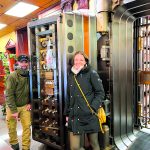

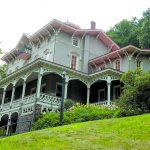




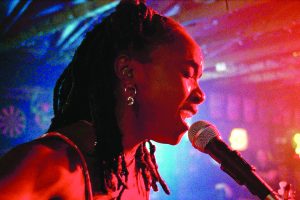

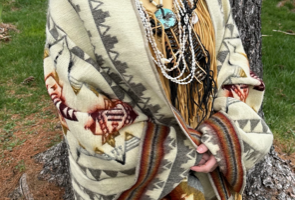
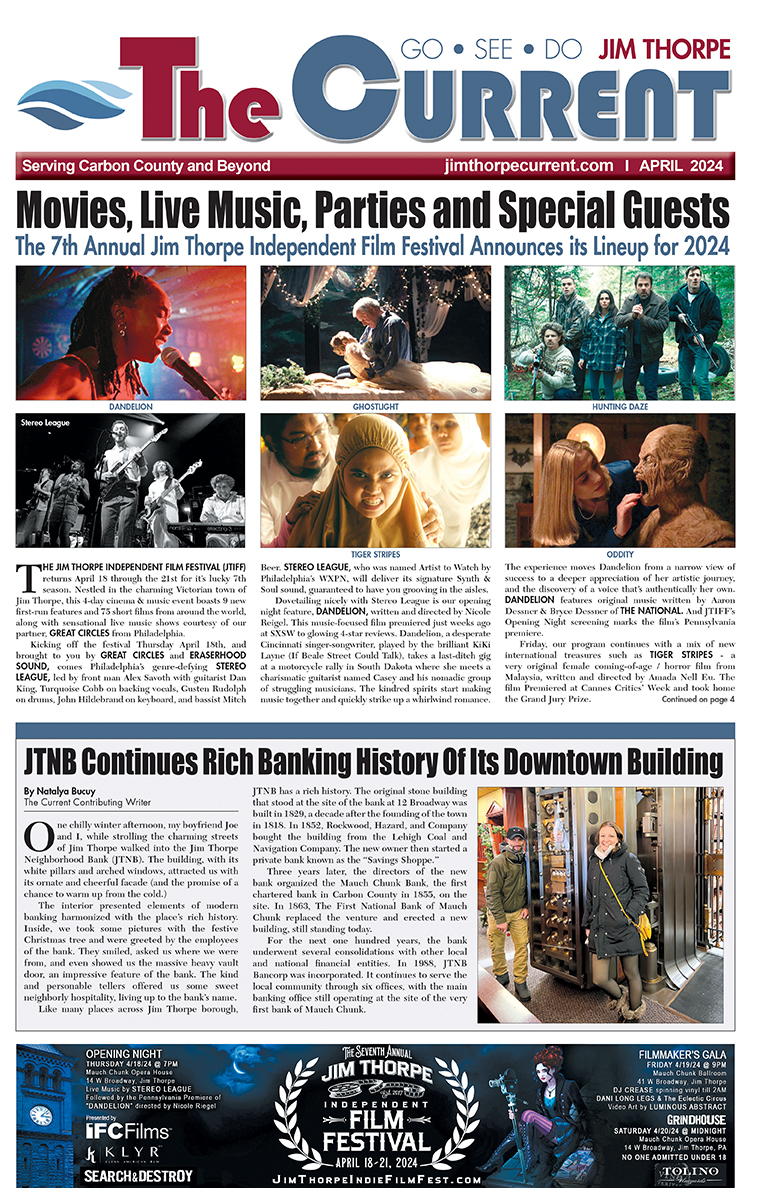
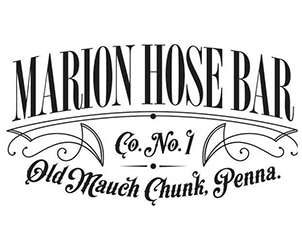
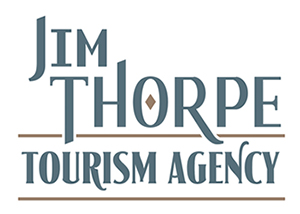
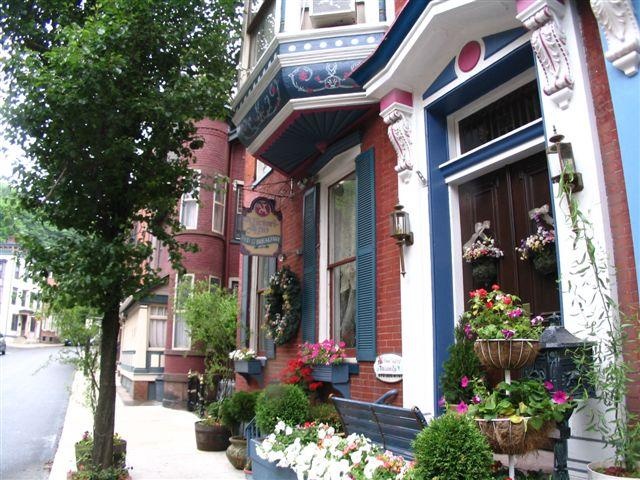











Add Comment